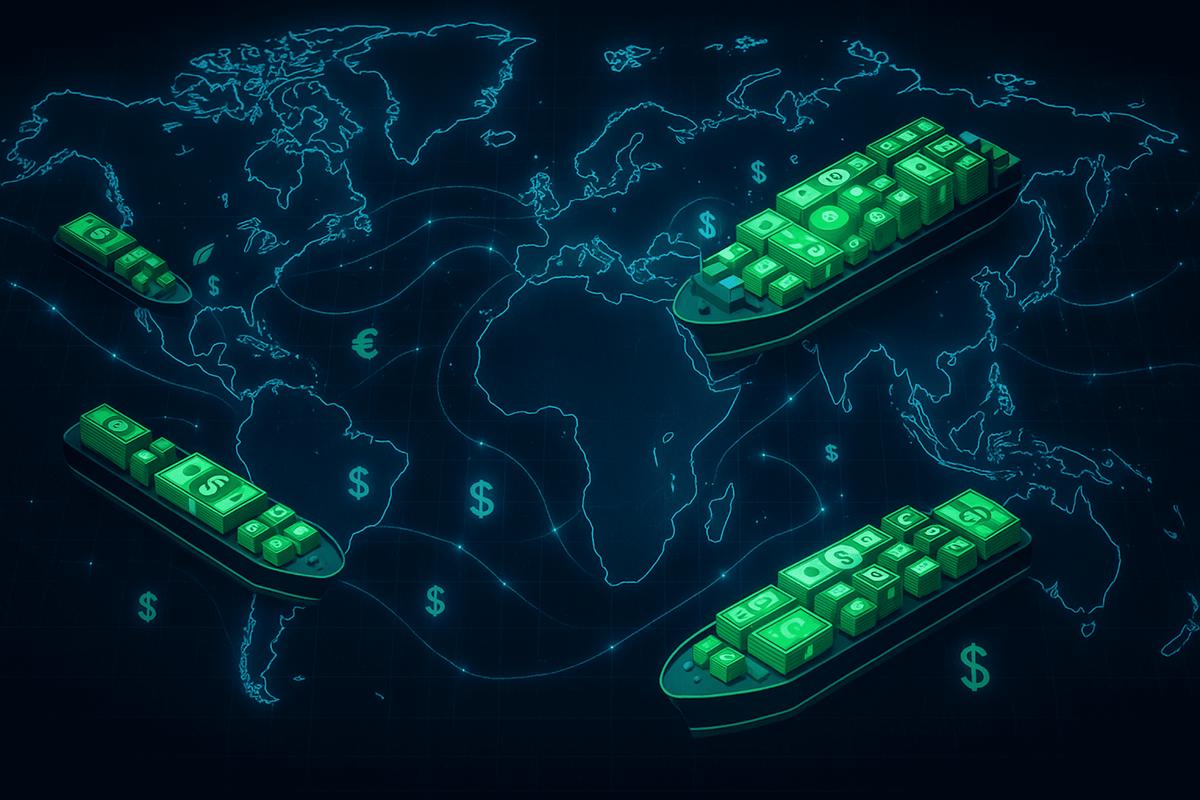The Week in Alt Fuels: Green goals & funding barriers
The global shipping regulator and shipowners have reaffirmed that while green fuel ambitions remain strong, securing adequate funding is essential for implementation.
 IMAGE: ENGINE via ChatGPT
IMAGE: ENGINE via ChatGPT
“Regulations alone cannot do the job,” Arsenio Dominguez, Secretary-General of the International Maritime Organization (IMO) said, as he called for urgent capital support to match the sector’s regulatory ambition.
Shipping’s green fuel transition will require massive capital.
For instance, a study conducted by the UCL Energy Institute and UMAS in March forecast that the IMO’s greenhouse gas (GHG) emissions reduction targets mean shipping will need access to at least 200-300 million mt of oil-equivalent zero-emission potential fuels by 2040.
This will require an estimated $1.6 trillion investment in fuel production and infrastructure, it said.
In line with these projections, Dominguez outlined four key areas requiring immediate investment: scaling up low- and zero-emission fuel production, building port and onboard infrastructure, training seafarers to use alternative fuels and developing safety protocols for these fuels.
Many shipowners have also echoed this call for funding.
Liner shipping trade body World Shipping Council (WSC) stressed that container shipping companies have already invested around $150 billion in dual-fuel-capable vessels. But the ships are just one part of the puzzle, it said. “We need the fuel supply… it’s a tremendous investment opportunity,” WSC president, Joe Kramek said.
A recent survey by the Global Centre for Maritime Decarbonisation (GCMD) and Boston Consulting Group (BCG) also indicated that finance remains a central barrier.
Around 86 of the 114 shipowners and operators surveyed said financial incentives are their top policy priority. More than 70% reported seeing no improvement in available incentives since 2022.
Many respondents expressed support for blended finance tools, combining public incentives with private-sector mechanisms.
One idea suggested by some respondents was “pay-as-you-save,” where, theoretically, a third party will fund the upfront cost of retrofitting a vessel, and the shipowner will repay the investment over time either through operational savings or by passing the green premiums to customers.
This kind of shared-risk model could help accelerate the adoption of low-emission fuels, especially in a market where upfront costs often hinder progress.
The message coming from the IMO and shipowners is now aligned: the ambition is there. But unless investment catches up, the transition risks stalling just as momentum starts to build.
In other news this week, the International Sustainability and Carbon Certification (ISCC) has suspended the certification of Preem's Gothenburg biorefinery for 40 days because its GHG savings calculation methodology was deemed non-compliant.
The shipping body Baltic and International Maritime Council (BIMCO) has formed a subcommittee to develop a new clause on biofuel use for time-charter agreements. The subcommittee “will focus on defining the scope and standards for biofuels, clarifying how they may be supplied and handled, and ensuring that their use aligns with performance expectations and regulatory obligations,” BIMCO said.
Finland’s state-owned energy firm Gasum has launched a green freight corridor using bio-LNG to transport steel coils from Finland to Sweden. The heavy steel coils made at SSAB’s Hämeenlinna plant have been transported from Finland to Sweden using biogas since September 2024, Gasum said.
By Konica Bhatt
Please get in touch with comments or additional info to news@engine.online





